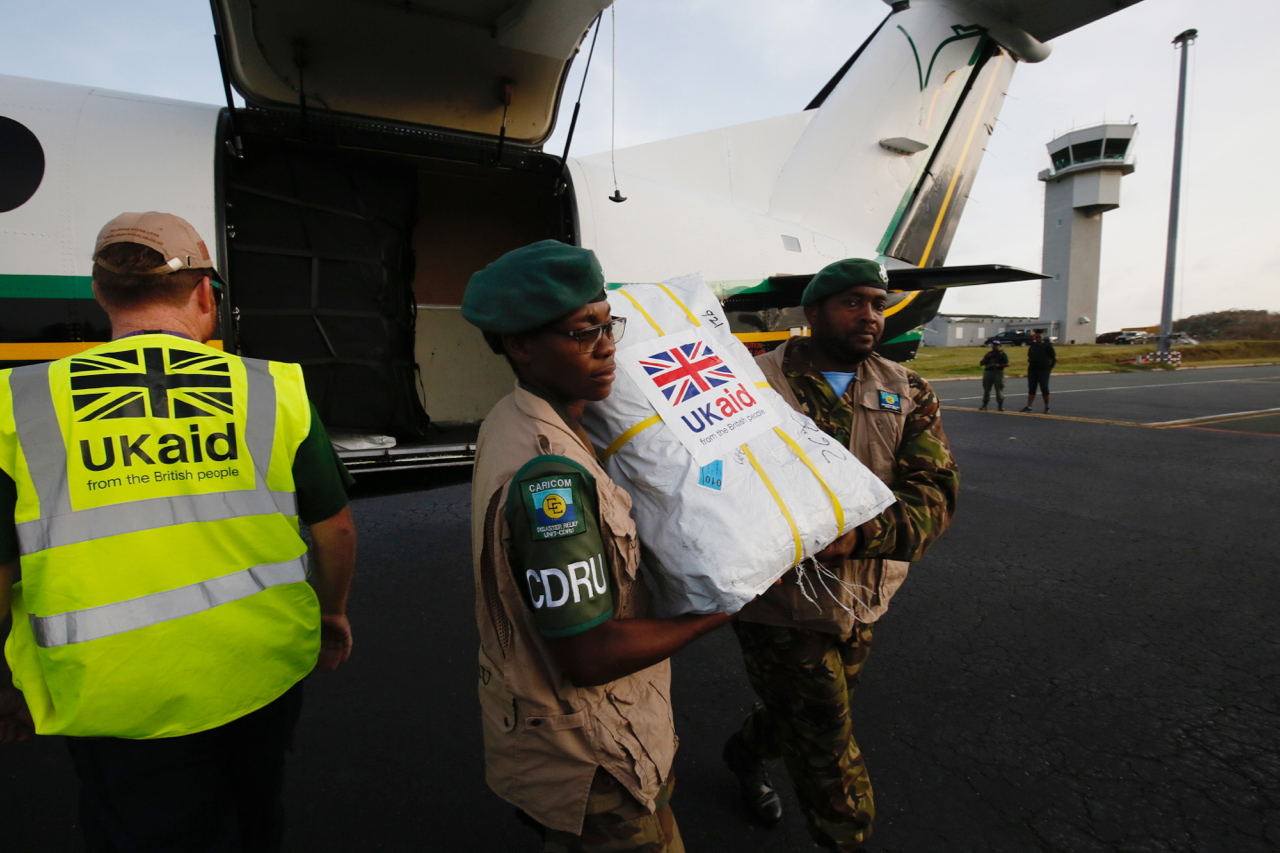This week, the UK Nursing and Midwifery Council (NMC) released their data on new registrations to work as nurses and midwives in the UK for 2021-22. It shows that nearly half—23,408 registrations—came from foreign-trained nurses and midwives.
Many commentators in the UK have questioned the sustainability of relying on international recruitment to staff the health sector, calling for more investment in locally trained workers. Yet there is another concern here that gets less attention: how such international recruitment affects the countries that these nurses and midwives come from.
We know that many of the UK’s new nurses and midwives are coming from low- and middle-income countries with little domestic health capacity. Of those joining from outside the European Union (EU) / European Economic Area (EEA), 66 percent were trained in India or the Philippines, with the remainder coming from countries such as Nigeria, Zimbabwe, and Ghana (Figure 1).
Figure 1. More people from non-EU countries are joining the UK's nurse and midwife register
These nurses and midwives will help meet the UK’s substantial health worker shortages, and improve patient care here. Their movement will also have substantial benefits for their families, communities, and countries of origin. Migrants can earn substantially more abroad (for example, the average nursing wage in Nigeria is approximately £134 p/m and £2,150 in the UK)—and send some of this home in the form of remittances.
Interestingly, the presence of such a migration pathway can also induce more people (especially girls) to stay in school and choose health care as a career, even if they never move. And if the nurses and midwives eventually go back home, they will take their skills and experiences back with them.
Yet there are certainly valid concerns about the impacts of such nurse and midwife migration in their countries of origin. All of the African countries that are providing nurses and midwives to the UK are on the World Health Organization’s (WHO) list of those with a “critical shortage” of health workers. Other prominent countries of origin, such as India and the Philippines, have only just left the list. These are countries in need of an expanded health workforce, but that often lack the capacity to invest in training, recruitment, and retention efforts.
The UK knows this. The UK’s Department of Health and Social Care (DHSC) has a Code of Conduct which prohibits active recruitment from countries with a “critical shortage” of health workers, unless conducted within a bilateral agreement. Such agreements exist with the Philippines, Kenya, and Malaysia, and are under discussion with other countries of origin.
These agreements do go some way to channel UK investment into the health systems of these countries of origin: the Philippines agreement proposes, among other things, bilateral exchanges to develop a credential recognition system, improve education and training, and expand health care access; the Kenyan agreement proposes cooperation on capacity building; and the Malaysian agreement proposes exchanges of policy thinking and best practices. Yet the language is often vague, talking about “exploring” such opportunities, rather than proposing concrete activities and providing investments to back these up.
They also don’t go far enough. As MP Andrew Mitchell’s proposed Doctors and Nurses (Developing Countries) Bill posits, the UK could finance the training of health care workers within their countries of origin and support some to stay, a la CGD’s Global Skill Partnership model. Such a model would build the global number of health workers, benefitting countries of origin and destination alike.
In addition, they could pour substantial investments into the health systems in countries of origin. Such investments could include things such as providing equipment and infrastructure to training schools; bolstering the capacity of Ministries of Health; designing migration management and health workforce policies; increasing data collection efforts; and experimenting with recruitment and retention policies. Such investments may help address concerns about “brain drain” and enhance the development potential of health care migration.
There is nothing inherently wrong with recruiting larger numbers of nurses and midwives from overseas. Such migration, if well designed, can contribute to improved outcomes for migrants, their families, their communities, and their countries of origin and destination. But such recruitment must go hand-in-hand with substantial investments within countries of origin to address the impacts of a “critical shortage” of health workers.
CGD blog posts reflect the views of the authors, drawing on prior research and experience in their areas of expertise.
CGD is a nonpartisan, independent organization and does not take institutional positions.





